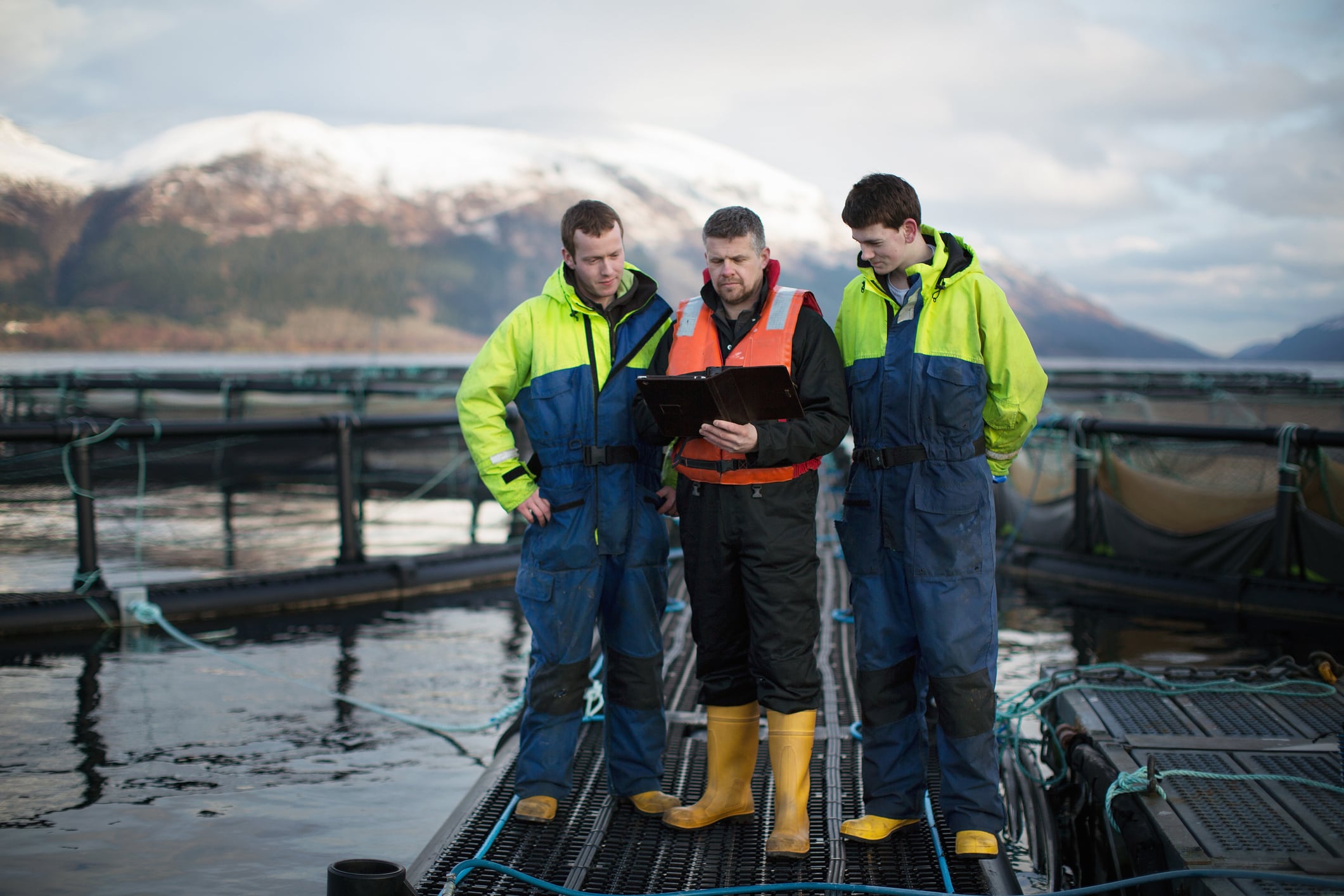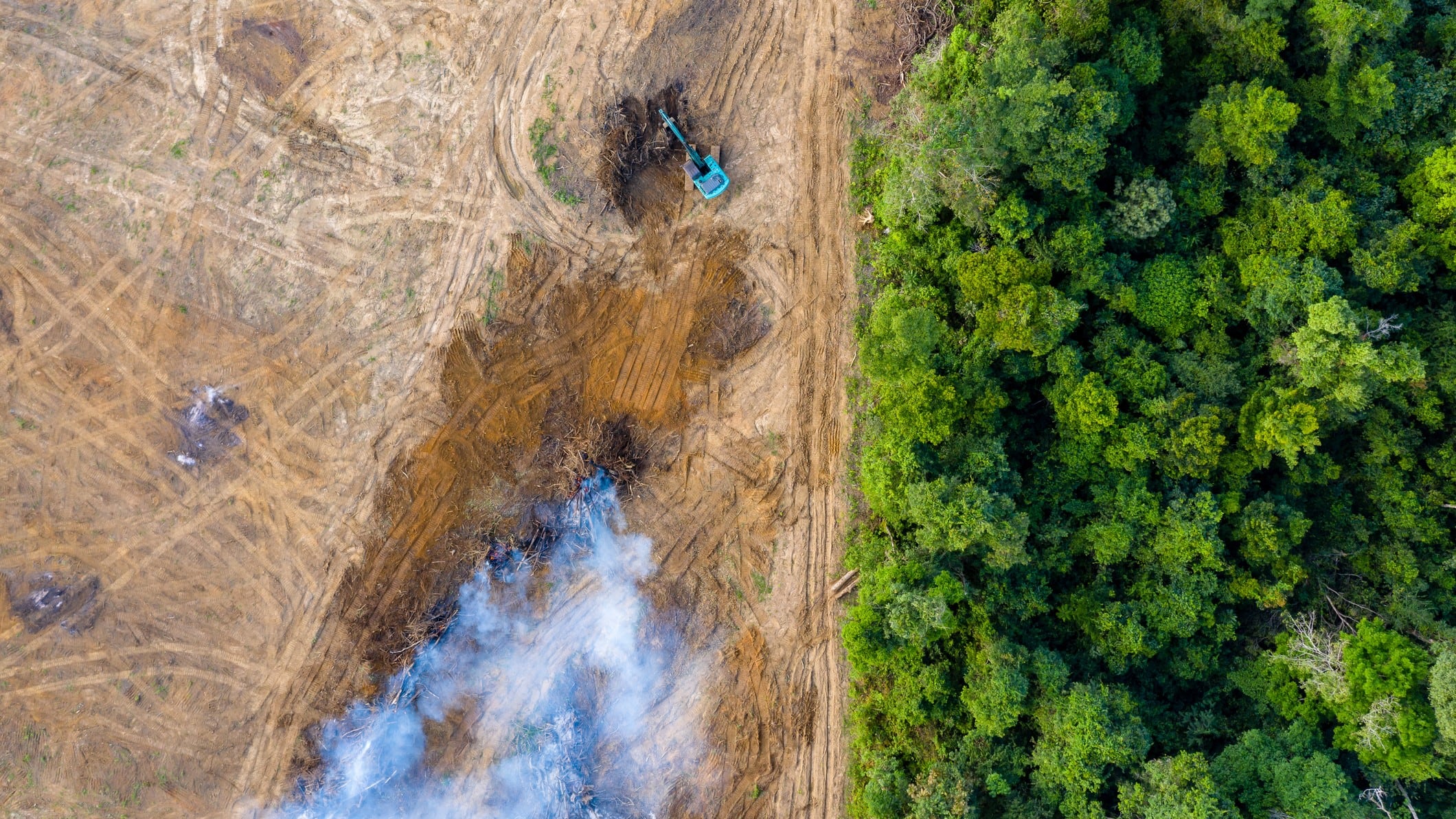Speaking to AgTech-Navigator, Hearsey said his country’s aquatech sector was primed to support not just the global growth of aquatech businesses but also sustainable food production and the Agritech Industry Transformation Plan, which aims to grow ag-tech’s contribution to its economy to NZ$8 billion by 2030.
He highlighted several key points regarding how New Zealand's aquaculture sector could benefit both the country and its foreign counterparts, especially in Europe.
He discussed the participation of Kiwi companies in a global aquaculture innovation launchpad, which aims to accelerate technology development and expose them to a worldwide audience. He also emphasised the timing of New Zealand's aquaculture companies' expansion efforts in Europe, facilitated by the launchpad initiative and the country's industry transformation plan; the New Zealand Trade Enterprise (NZTE) aims to help these businesses grow internationally and thrive in global markets.
Expounding on New Zealand’s potential as a source of high-value, sustainable protein production for global markets and a provider of advanced aquaculture technology, Hearsey highlighted the country’s clean water, ample coastline and bio-diversity in marine ecosystems that offer significant growth opportunities for the aquaculture sector. Efforts to breed climate-resilient fish, utilise indigenous knowledge and explore unique native species (such as seaweeds) are part of this vision.
He told ATN: “NZTE exists to help New Zealand businesses grow internationally, as well as attract beneficial overseas investment into New Zealand. We work one-on-one with New Zealand businesses that provide technology and solutions for aquaculture, as well as businesses that export aquaculture products such as salmon, mussels and oysters.”
Sustainability and global potential
Regarding NZTE’s key priorities for Kiwi aquaculture overseas, Hearsey said: “Our specific programmes targeting aquaculture and aquatech are part of wider efforts to grow New Zealand’s agtech exports.
“As a country, we have a strong agtech industry — this includes pastoral ag-tech, which has been a key enabler for New Zealand’s success in exporting premium food and beverage. We think there’s potential to make New Zealand equally well known for advanced aquaculture technology.”
Referring to the country’s Agritech Industry Transformation Plan, he called aquatech a “small but high-potential” part of its ag-tech sector that could help increase local aquatech businesses’ international presence “while helping to solve important problems and challenges in sustainable food production”.
Indeed, New Zealand's aquatech sector can help solve crucial problems in sustainable food production by advancing aquaculture practices, improving resource efficiency and embracing innovative technologies to ensure the long-term viability of seafood production while minimising environmental impact.
Innovation in areas like fish farming and shellfish cultivation can reduce pressure on wild fish stocks and provide a consistent source of protein, while advanced monitoring and treatment technologies can be used to maintain optimal water quality in aquaculture systems. This will reduce disease outbreaks and ensure the well-being of aquatic species.
At the same time, recirculating aquaculture systems and sustainable feed formulations can reduce the industry’s environmental footprint and predictive analytics can help monitor fish health, feeding patterns and environmental conditions.
Additionally, alternative and sustainable aquafeeds can reduce reliance on wild-caught fish for feedstock. Insect-based feeds or algae, for instance, can reduce pressure on marine ecosystems. Aquatech can also address climate change challenges by designing aquaculture systems resilient to temperature fluctuations, ocean acidification and extreme weather events.
Furthermore, the sector can contribute to marine conservation by developing technologies to minimise by-catch and protect endangered species in aquaculture operations. By positioning New Zealand as a leader in sustainable food production committed to mitigating climate change, its aquaculture sector can open up export opportunities and enhance the country’s global reputation.
Casting a wide net
Aquaculture plays a crucial role in feeding the growing global population sustainably, as protein consumption is expected to double by 2050. New Zealand is at the forefront of developing sustainable technologies for this purpose, with Europe being its fourth-largest trading partner. Both regions share common characteristics, such as premium consumers and recognition of quality products.
The recent signing of a free trade agreement (FTA) between New Zealand and the EU is seen as a significant opportunity, as it will enable tariff-free entry to the EU for most of New Zealand's fish and seafood trade, fostering economic growth and making it easier for businesses to operate across borders.
The FTA is expected to lead to long-term growth and profitability for Kiwi businesses in the European market. It also includes a first-of-its-kind dedicated chapter on sustainable food systems, demonstrating a commitment to addressing climate change and fostering cooperation in developing future marine farming systems.
With this in mind, Hearsey told ATN: “The global innovation launchpad for New Zealand aquaculture was designed to wrap around high-potential New Zealand companies in the aquaculture and aquatech space, to grow their expertise and networks in overseas markets.
“Our agtech team in New Zealand deliberately sought applications for the launchpad from a wide range of businesses, including those that wanted to further develop their existing technology and apply it in aquaculture.
“We had several exciting businesses come through in the cohort with solutions that either had been developed to answer specific challenges in aquaculture production or reapplied proven technology from other industries to create dedicated offerings for aquaculture.”
He further noted that later on, NZTE saw “excellent response” to the Kiwi delegation, which he accompanied to Aqua Nor in Norway in August this year; this included the launchpad cohort, as well as several other aquaculture and aquatech businesses.
Hearsey said, “The delegation was a great representative group and the reception we had in Norway shows the potential that exists for more New Zealand businesses to explore opportunities in the global aquaculture sector.”
Strengthening European ties
Hearsey acknowledged that aquaculture technology was a relatively new area of interest for NZTE in Europe and that the Aqua Nor delegation was the first time it had had “a critical mass of businesses interested in aquaculture opportunities in the region”.
As such, he referred to his time at Aqua Nor as a “discovery exercise” that helped him to not only get a sense of the industry in Norway but also the regional and global industry. He added that it gave NZTE a chance to “start thinking about where we can support New Zealand businesses that are seeking opportunities in aquaculture and aquatech”.
“One thing I was really pleased to have confirmed was the level of interest in New Zealand as an emerging player in this space and also, the cultural rapport between New Zealand and Scandinavian approaches to doing business and building relationships. That’s a great place to start as we support New Zealand businesses to build aquaculture connections in Europe,” he said.
The future at home and abroad
Speaking about NZTE’s future expectations for Kiwi aquaculture overseas, Hearsey said, “As an international business development agency, we’ll be continuing our approach to date in supporting aquaculture and aquatech businesses that want to grow in international markets, including Europe.
In terms of developing New Zealand’s own aquaculture sector, he revealed that the New Zealand Aquaculture Strategy was “based on building a sustainable, productive, resilient and inclusive industry”. This includes workstreams around sustainability and encouraging the adoption of new technology, as well as “a top-line goal to grow New Zealand aquaculture into a NZ$3 billion industry by 2035”.
He told ATN: “We have a role in supporting that strategy by growing New Zealand’s aquaculture exports in support of that NZ$3 billion goal, and attracting high-quality investment that are good for the local industry and for New Zealand.”




